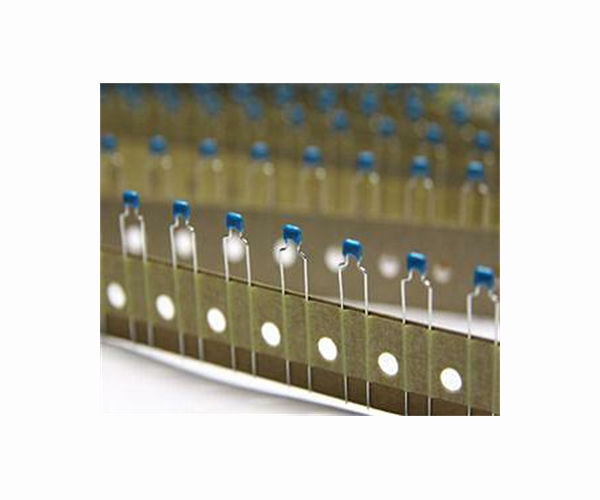
New approaches for perovskite-based ferroelectric ceramics in energy storage
by Simon Mansfield
Sydney, Australia (SPX) Jun 13, 2024
With the increasing impacts of climate change and resource depletion, dielectric capacitors are becoming key candidates for high-performance energy storage devices. However, various dielectric ceramics, such as paraelectrics, ferroelectrics, and antiferroelectrics, face challenges due to their low polarizability, low breakdown strength, and large hysteresis loss. Therefore, synthesizing novel perovskite-based materials that offer high energy density, efficiency, and low loss is essential for improving energy storage performance.
A team of material scientists led by Bingcheng Luo from the Department of Applied Physics at China Agricultural University recently reviewed the state of perovskite-based ferroelectric ceramics for energy storage. These capacitors are noted for their stability, high energy and power density, conversion efficiency, wide operating temperature range, environmental friendliness, and cost-effectiveness, setting them apart from traditional electrochemical capacitors and batteries.
“In this review, we outlined the recent development of perovskite-based ferroelectric energy storage ceramics from the perspective of combinatorial optimization for tailoring ferroelectric hysteresis loops and comprehensively discussed the properties arising from the different combinations of components. Also, we provided the future guidelines in this realm and therefore, the combinatorial optimization strategy in this review will open up a practical route towards the application of new high-performance ferroelectric energy storage devices,” said Bingcheng Luo, senior author of the review paper, professor in the Department of Applied Physics at China Agricultural University, who received his PhD in 2018 in Tsinghua University and then worked as Research Associate at University of Cambridge.
Dielectric materials can be categorized into four types based on their hysteresis loops: paraelectric (PE), ferroelectric (FE), relaxor ferroelectric (RFE), and antiferroelectric (AFE), each with unique properties.
The research team highlights advancements in the energy storage performance of lead-free ferroelectric ceramics. “We classify the perovskites-based ferroelectric ceramics into seven types for tailoring ferroelectric hysteresis loops from the perspective of combinatorial optimization and comprehensively discuss the properties arising from the different combinations of components. The concept of combinatorial optimization is to maximize breakdown strength and maximum saturation polarization while slenderizing electric hysteresis loop, which bolsters the energy storage performance of perovskites-based ferroelectric ceramics,” Bingcheng Luo said.
The seven types of combinatorial optimization of perovskite-based ferroelectric ceramics discussed in the review include FE vs. PE, FE vs. FE, FE vs. AFE, AFE vs. PE, RFE vs. PE, RFE vs. FE, and RFE vs. AFE combinations. Luo explained, “As an example of combinatorial optimization strategies, ferroelectrics have higher maximum saturation polarization, and paraelectrics have higher breakdown strength, and the combination of the two creates an RFE that has the advantages of both materials and with a narrower hysteresis loop, the long-range ferroelectric order will become polar nanodomains, which will increase the energy storage density and efficiency of ceramics.”
The concept of combinatorial optimization aims to maximize the complementary advantages of each component. Generally, polarization and breakdown strength are mutually exclusive in dielectric materials. Increasing the content of one component alone does not achieve high breakdown strength or polarization. It is necessary to find the optimal balance between these factors and tailor more optimized hysteresis loops to improve energy storage performance.
The team anticipates that their review of combinatorial optimization strategies will not only aid in the design of future high-performance passive devices but also provide guidance for the practical utilization of ferroelectric ceramics.
Research Report:Combinatorial optimization of perovskites-based ferroelectric ceramics for energy storage applications
Related Links
China University of Geosciences
Powering The World in the 21st Century at Energy-Daily.com
- SEO Powered Content & PR Distribution. Get Amplified Today.
- PlatoData.Network Vertical Generative Ai. Empower Yourself. Access Here.
- PlatoAiStream. Web3 Intelligence. Knowledge Amplified. Access Here.
- PlatoESG. Carbon, CleanTech, Energy, Environment, Solar, Waste Management. Access Here.
- PlatoHealth. Biotech and Clinical Trials Intelligence. Access Here.
- Source: https://www.energy-daily.com/reports/New_approaches_for_perovskite_based_ferroelectric_ceramics_in_energy_storage_999.html
